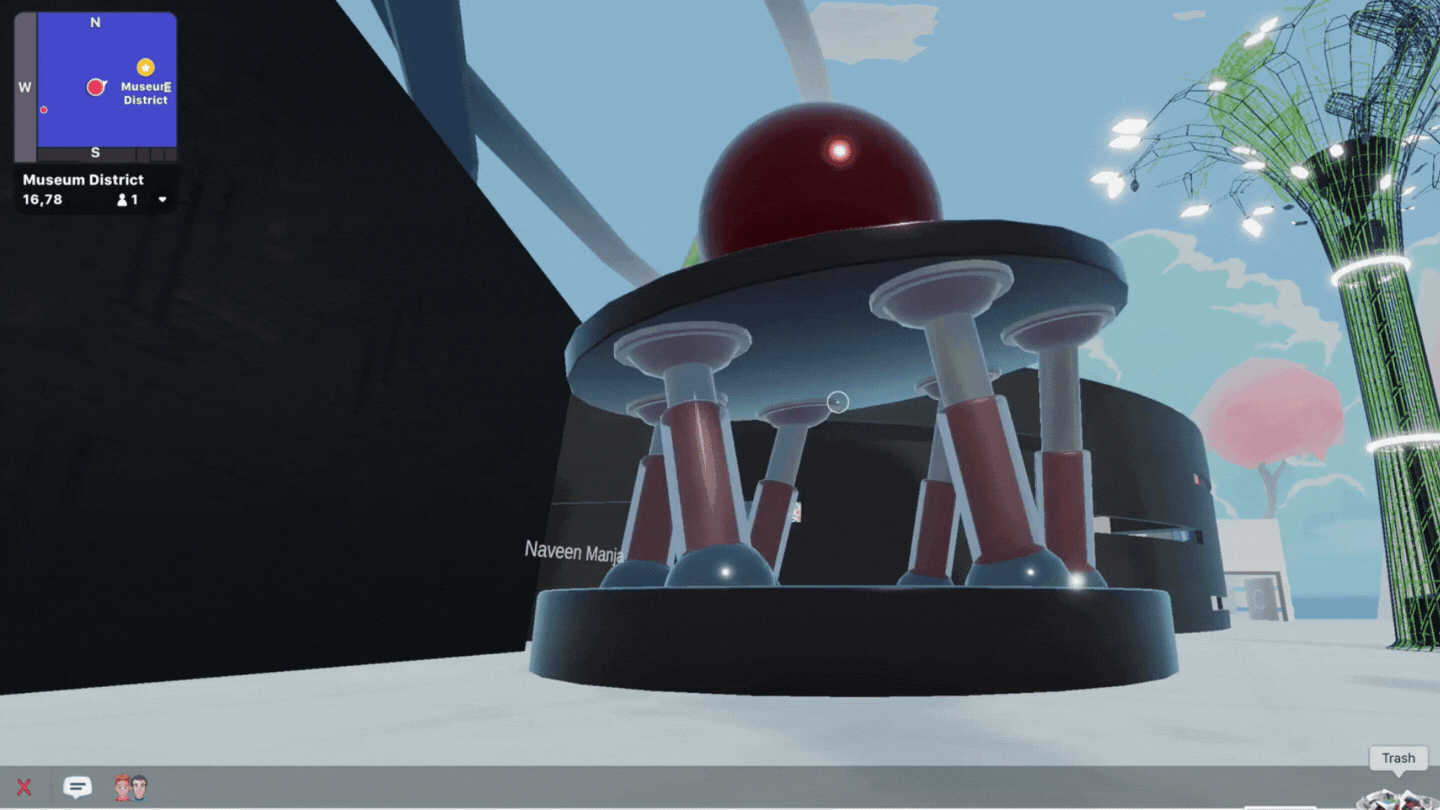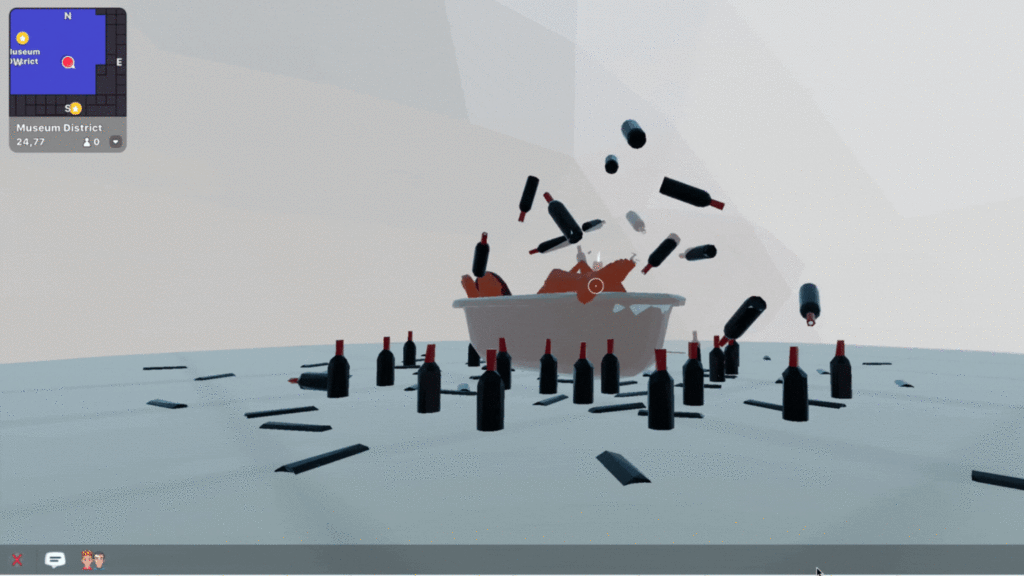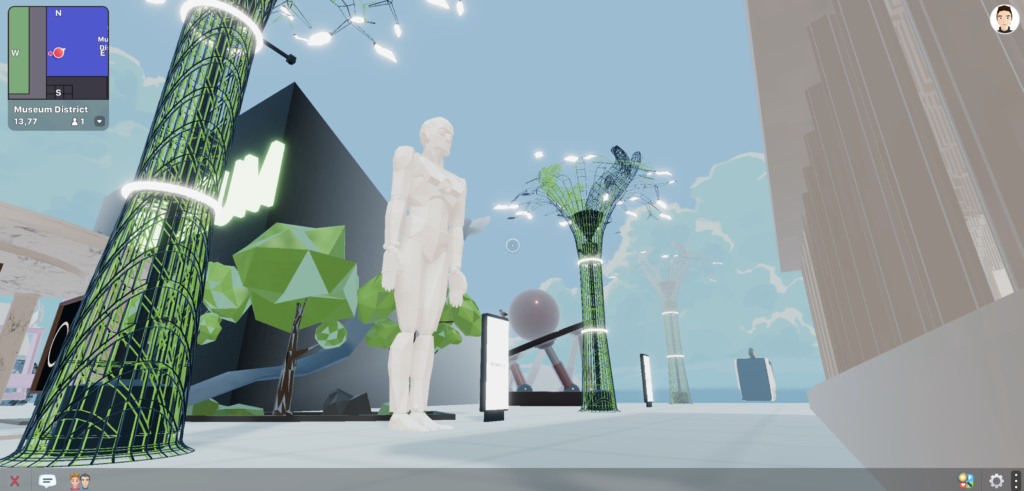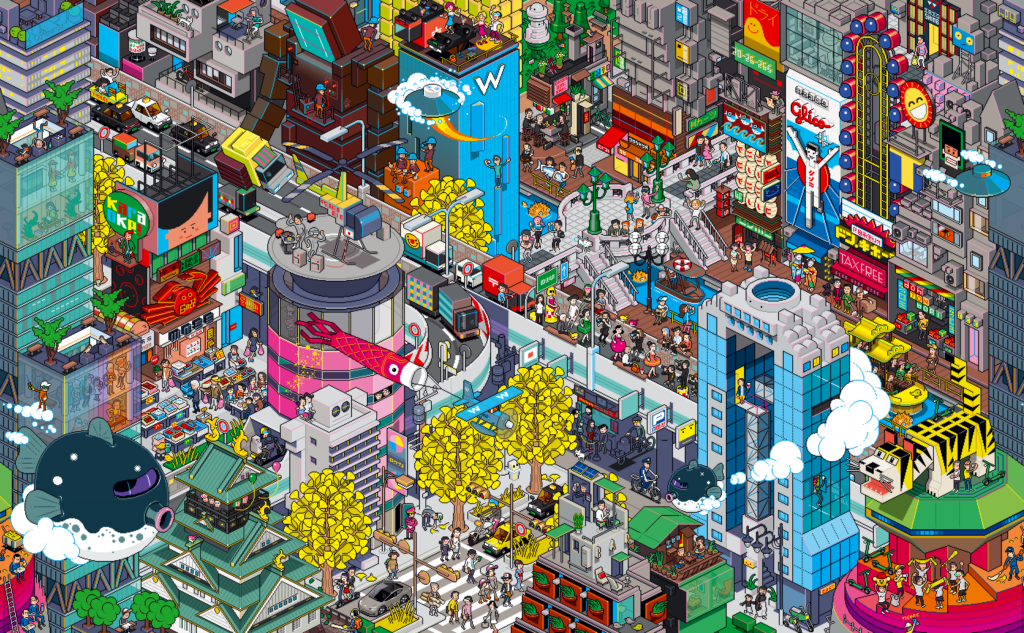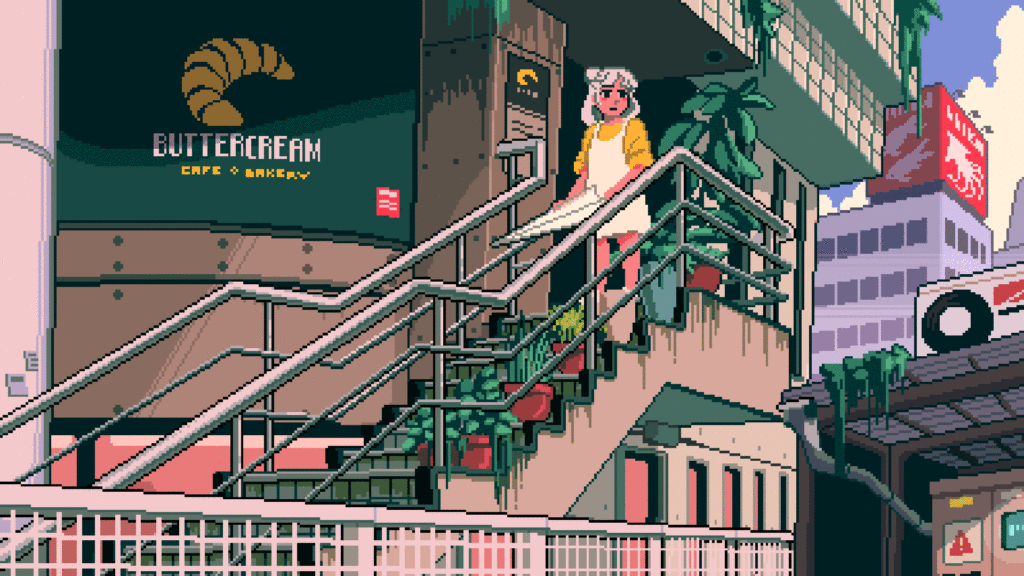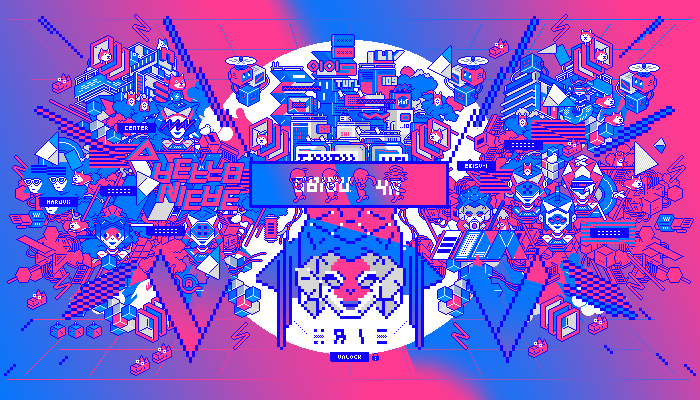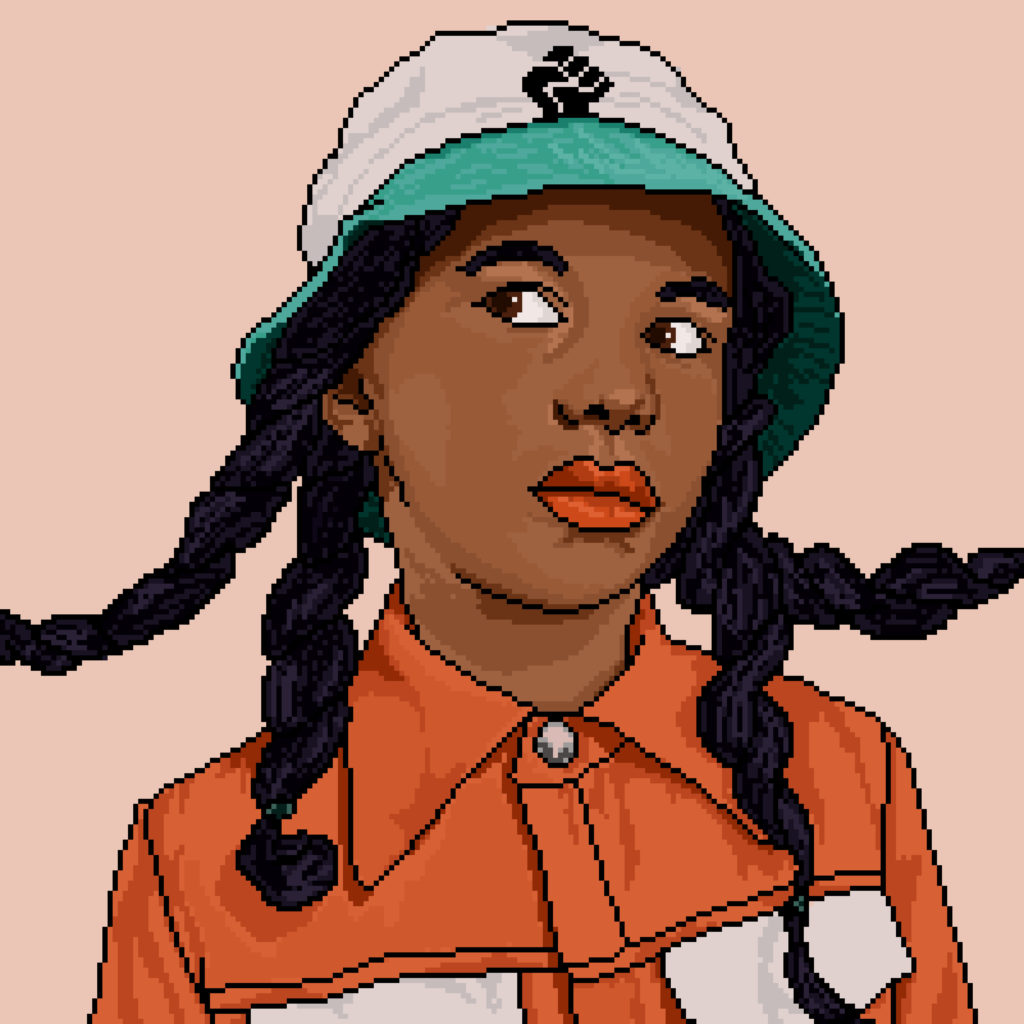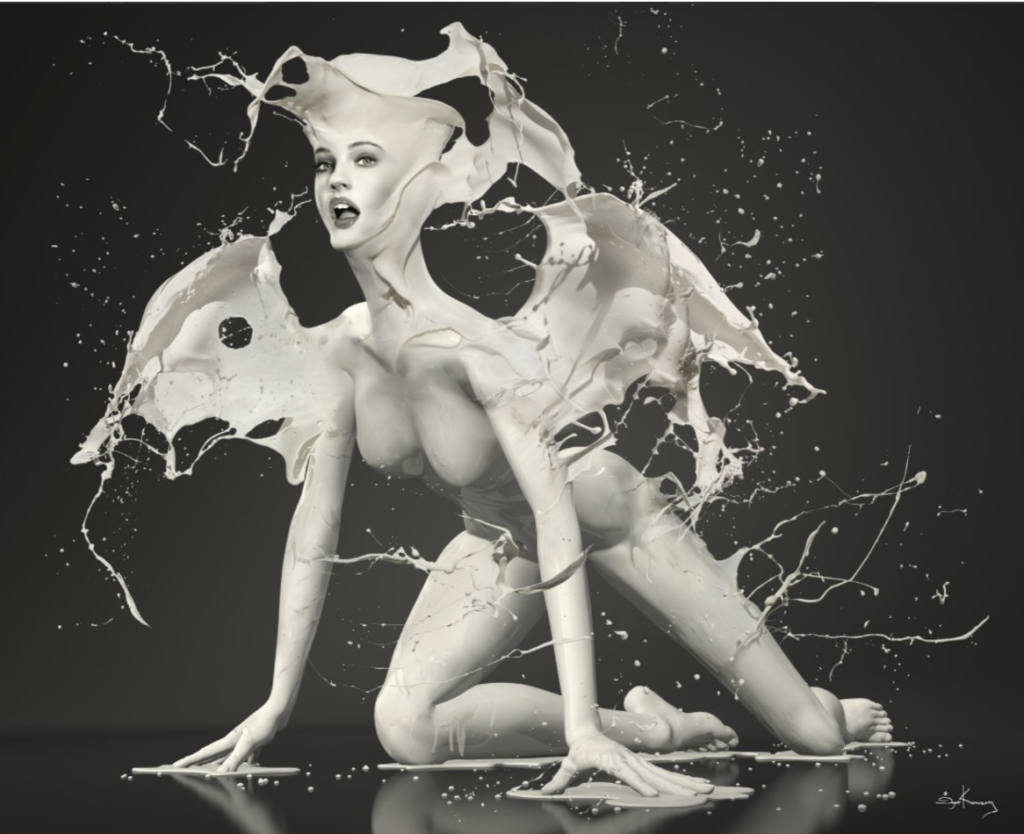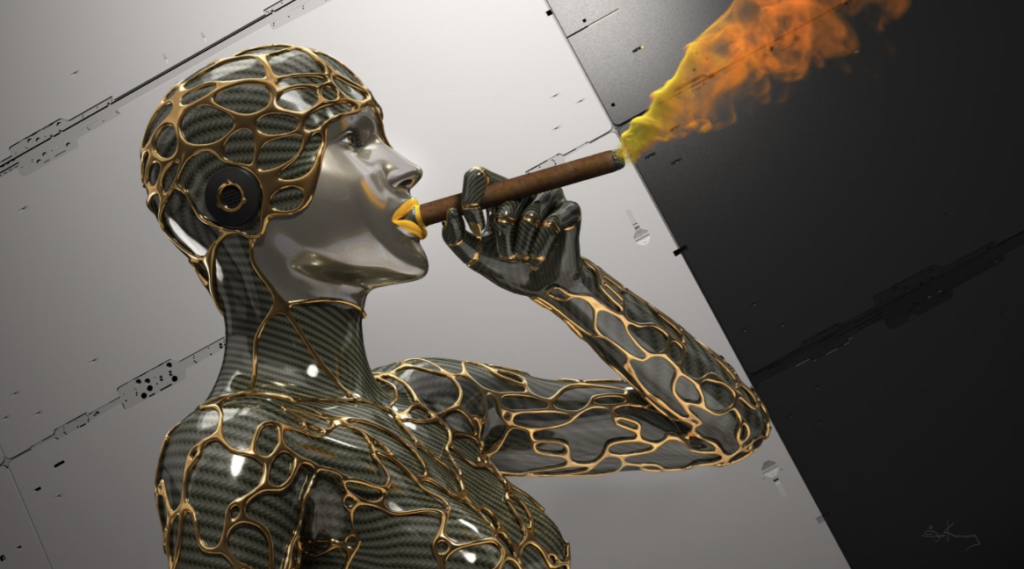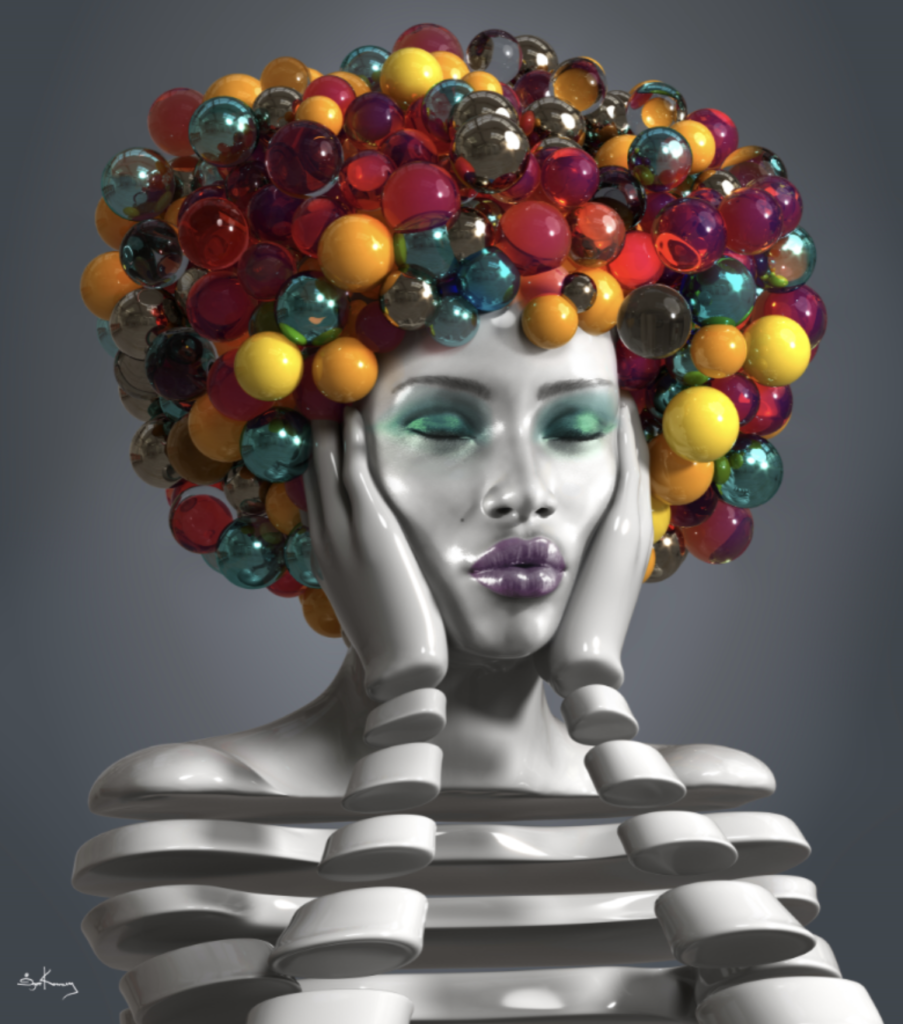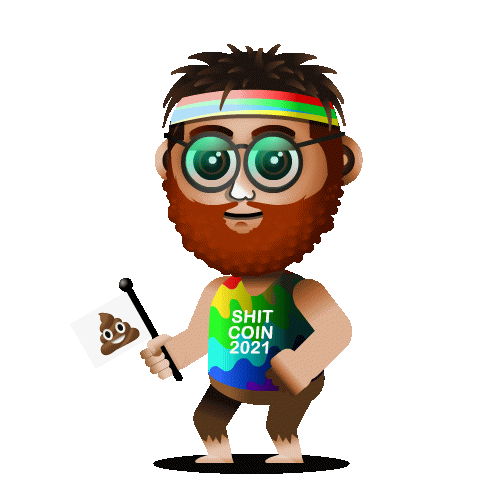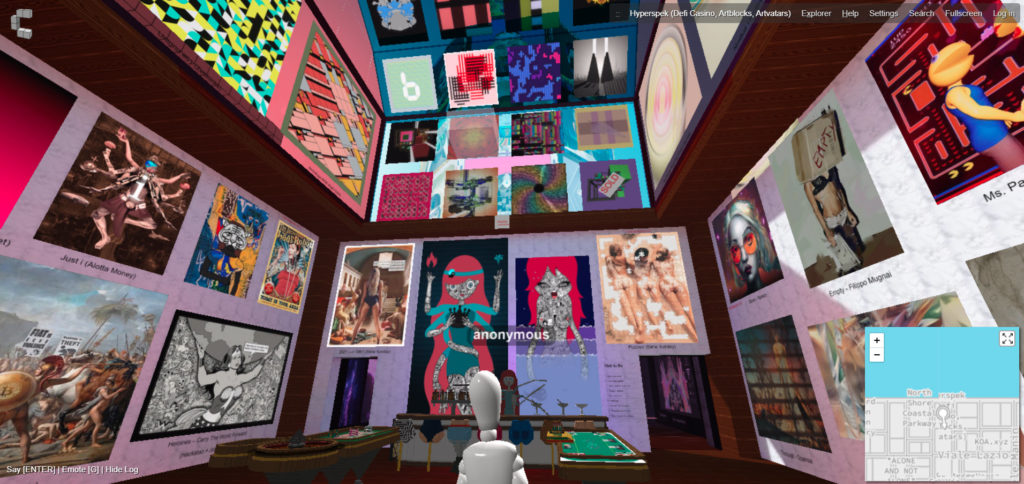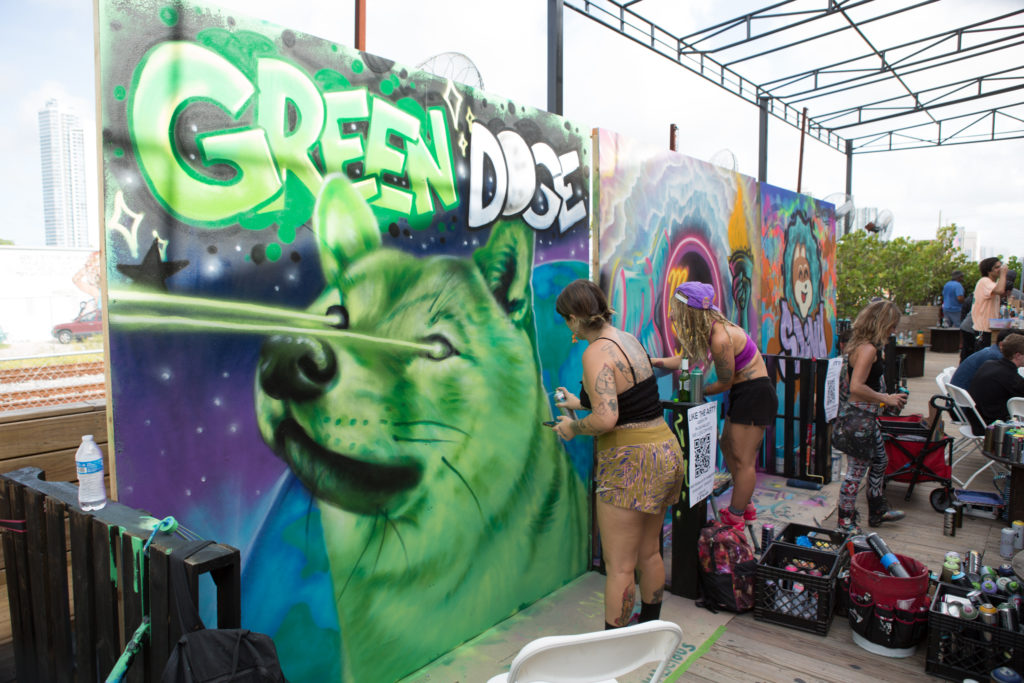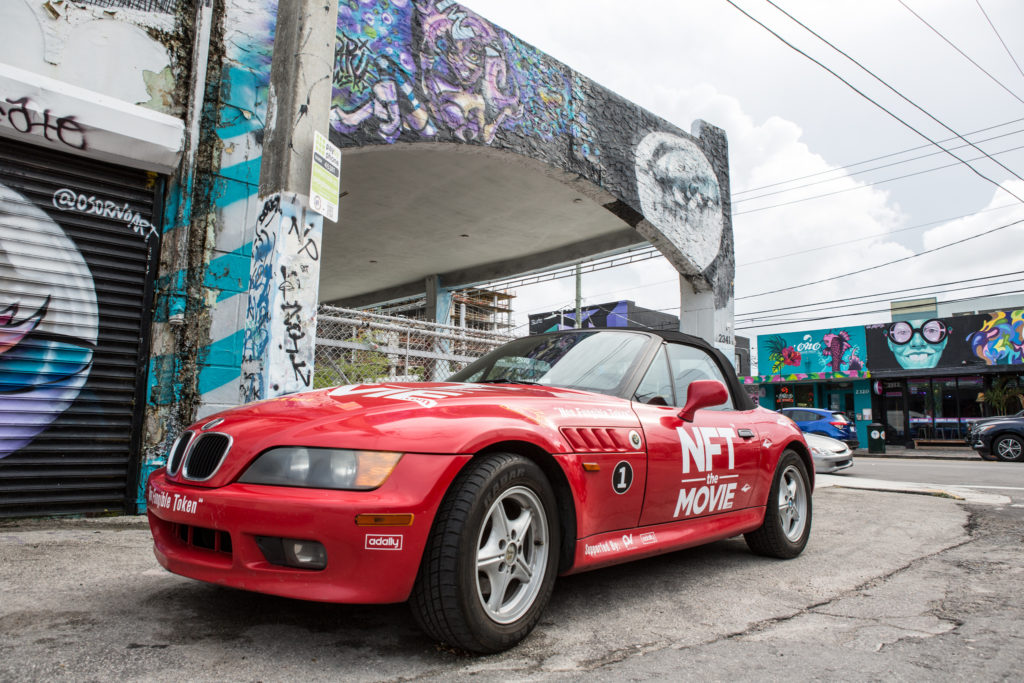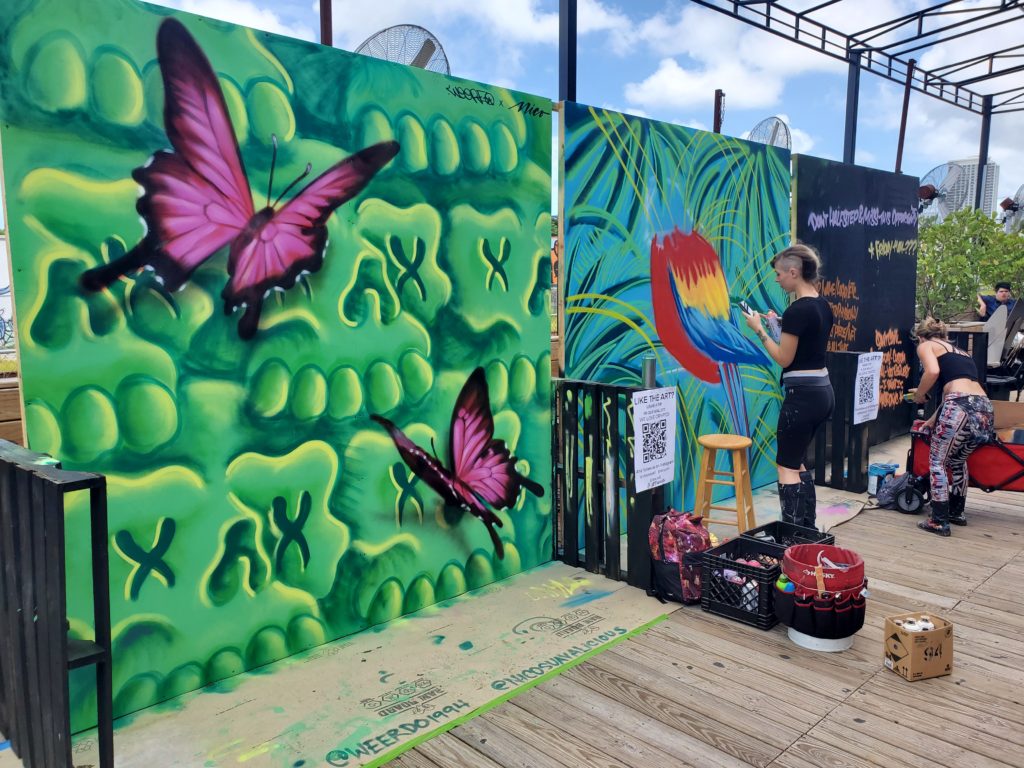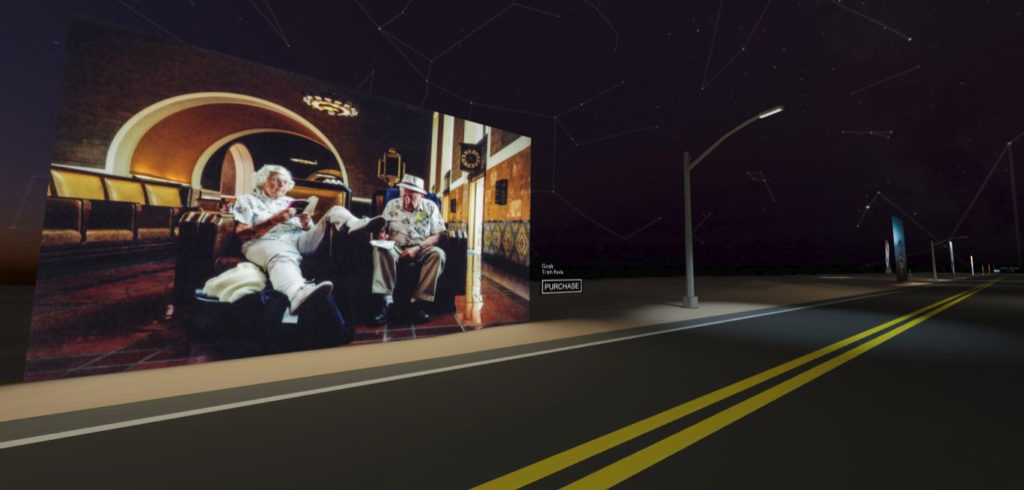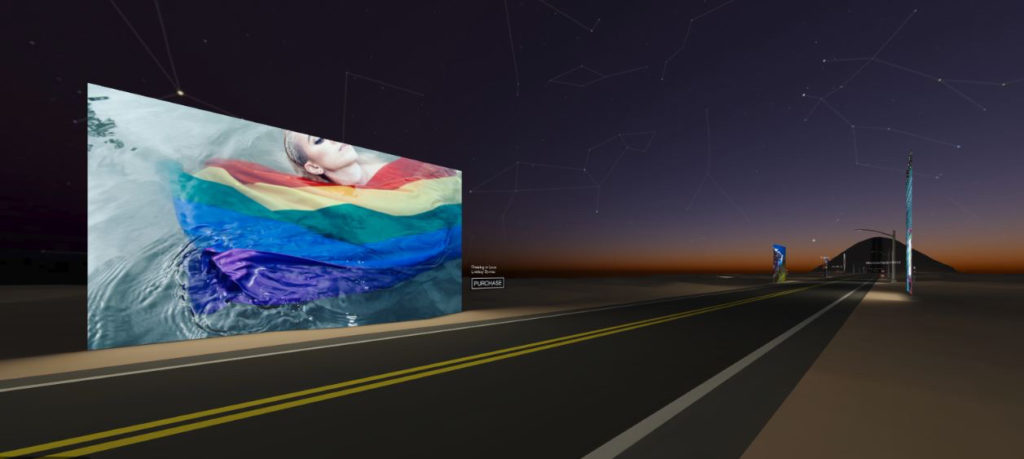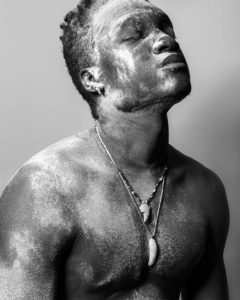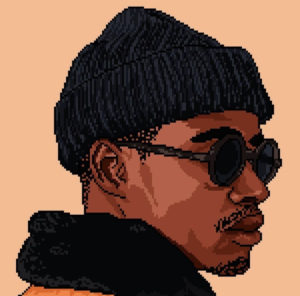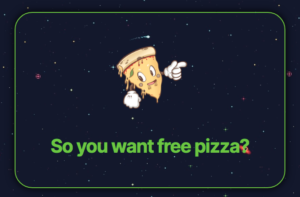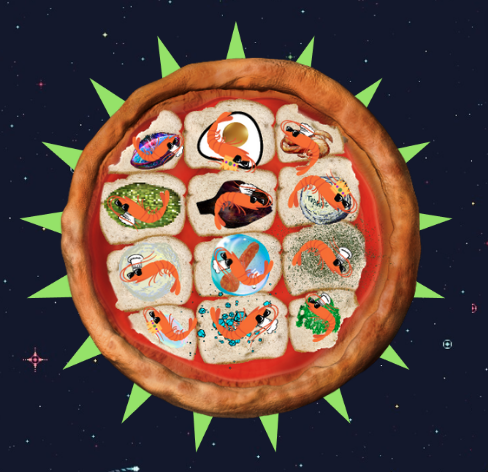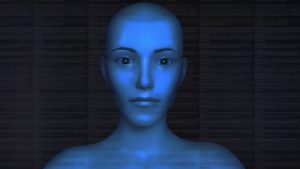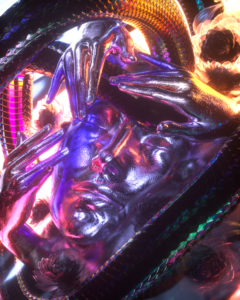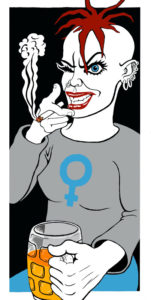SUMMARY
A momentous announcement has just been made by the US Congress that Juneteenth will be a national holiday, commemorating the abolition of slavery.
To mark Juneteenth weekend (the 18-20th of June), Towards Utopia organized a special exhibition for Superchief Gallery, “The Digital Diaspora: Liberating Black Creativity,’ curated by Diana Sinclair, a queer 17-year-old artist and activist. Black digital artists from around the world will be featured in an exhibition organized by Towards Utopia & Foundation. Sales will be made using NFT technology, and proceeds will benefit GLITS, which provides free housing assistance for Black Trans people and HerStoryDao, as well as arts funding for Black Women and non-binary Femmes. A selection of pieces will be shown on LinkNYC digital displays throughout the five boroughs in addition to the gallery show.
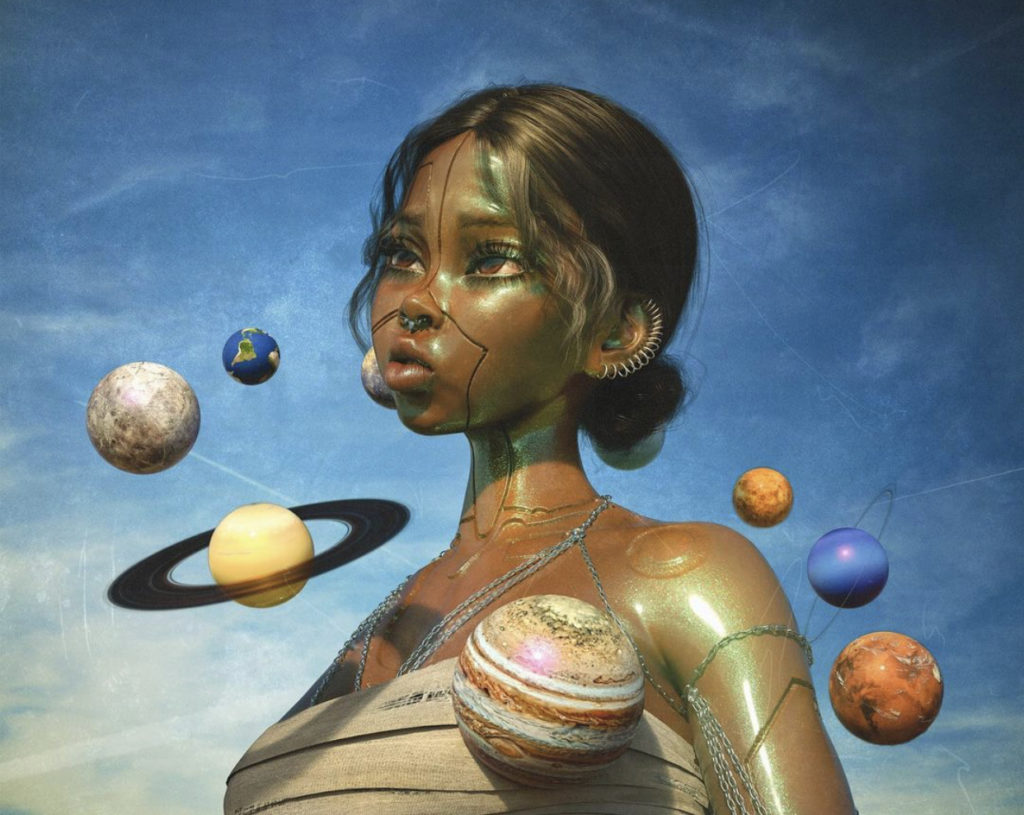
Artist: Sewah Attafuah – #TheDigitalDiaspora Exhibition
The US Congress declares Juneteenth a National Holiday
The United States House of Representatives passed and forwarded a bill to President Joe Biden on Wednesday designating June 19, or “Juneteenth,” as a federal holiday – marking the end of legal enslavement of African Americans.
The holiday commemorates the day in 1865 when a Union general notified a group of enslaved individuals in Texas that they had been freed two years before by President Abraham Lincoln’s Emancipation Proclamation.
In a 415-14 vote, the House approved the bill. Its success comes one year after the brutal murder of George Floyd by a Minneapolis police officer ignited nationwide protests against racism and policing.
In a signing ceremony at the White House on Thursday afternoon, President Biden will sign the bill into law.
Today, I had the honor of signing a bill to officially make Juneteenth a federal holiday. With this important step, all Americans can feel the power of the day, learn from our history, celebrate our progress, and grapple with the distance we still have to travel. pic.twitter.com/UN5WgCiAy2
— President Biden (@POTUS) June 17, 2021
Special EXHIBITION
On the weekend of Juneteenth (6/19/21) in New York City, the Digital Diaspora art exhibition, public installation, and fundraising auction will take place. The Digital Diaspora (TDD) celebrates Black artists from around the globe while aiming to explore new frontiers in the avant garde world of new media. TDD, led by award-winning artist Diana Sinclair, builds on the groundbreaking achievements of Alondra Nelson expanding the scope of Afrofuturism.
Towards Utopia, in partnership with Sinclair, has created a robust program, which will be launched on June 19th with an opening event at Superchief Gallery.
At 10am PST / 1pm EST the same day, Foundation will host a 17 lot auction of which a portion will be donated to GLITS (Gays and Lesbians living In a Transgnder Society) – which provides free housing to Black trans people – and the HerStoryDao collective to preserve creative projects by Black women and non-binary artists. A selection of works from this exhibition will also be exhibited on LinkNYC screens across New York City, made possible by NYC & Co.
Today along with the help of @towards_utopia and @nycgo we got works from of all #TheDigitalDiaspora artists on the Link screens in all 5 boroughs of NYC
From 6/13-6/20 pic.twitter.com/vEIoA9sx29
— Diana Sinclair (@dianasinclair) June 17, 2021
Artists: Tyler Givens & Lauren M. Wash – #TheDigitalDiaspora Exhibition
“It’s especially appropriate for an art show promoting Black artists to be held on the day that celebrates Black freedom,” Sinclair explains. “Black freedom allowed for the growth of Black art in America, yet there’s still work to be done to give more Black artists even greater exposure to a wider audience. Now we can add digital platforms and technology to our efforts to not only widen the space for Black artists, but to address the intersectional marginalization of Black people.”
“Following Itzel Yard’s groundbreaking sale on Foundation last month,” says Foundation’s Community Director, Lindsay Howard, “we’re excited to support Towards Utopia in their effort to uplift and center Black artists.” The auction will partially benefit HerStoryDAO, an organization committed to furthering the careers of Black femme artists, which will have lasting impacts on the NFT community at large.”
A Brief History of Foundation
The NFT platform Foundation uses blockchain technology to build a new creative economy, allowing creators to monetize their online expressions in a whole new way, and connect more deeply with their fans. It is a bridge between crypto and culture that fosters a network of mutual support between artists, creators, and collectors.
Foundation has earned more than $75M in direct benefits since its launch in February 2021, and almost 500 artists have made over $20K individually through the platform. Not to mention over 5,000 unique bidders are registered on the site. The Foundation terminal shows live market updates as they come in.
Towards Utopia: An Introduction
An organization focused on education, resources, and art; Towards Utopia is a trans-feminist and anti-racist organization. The group raises funds on behalf of boots-on-the-ground organizations to support the needs of the Black trans community. Moreover, they bring food and clothing directly to people through mutual aid events.
Using social media, they educate the public about racism and identify resources available to POC and gender-non-conforming individuals, such as grants and employment opportunities. In their 2020 print sale – which featured artists such as Nan Goldin, Richie Shazam, Ryan McGinley, Charles Caesar, and Lia Clay – they raised almost $100,000 for GLITS, FOR THE GWORLS, and SWOP.
Featured Artists
The upcoming auction and exhibition will highlight the work of Black artists who are highly visible in the NFT world, many of whom have prominent sales on Foundation.
Google Slides Presentation of Artists

